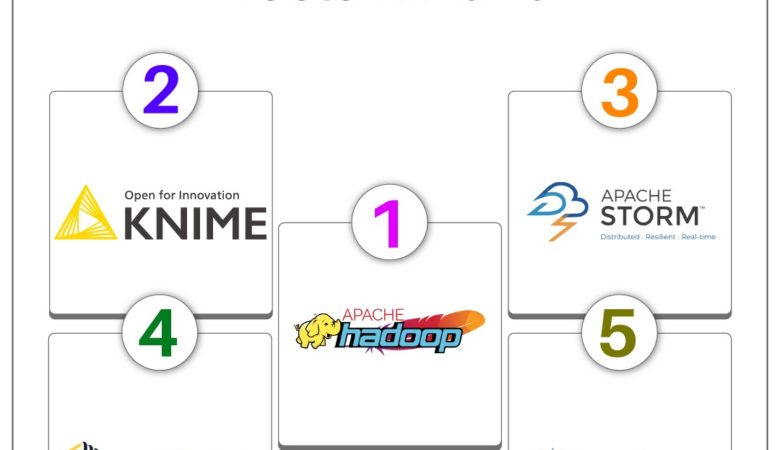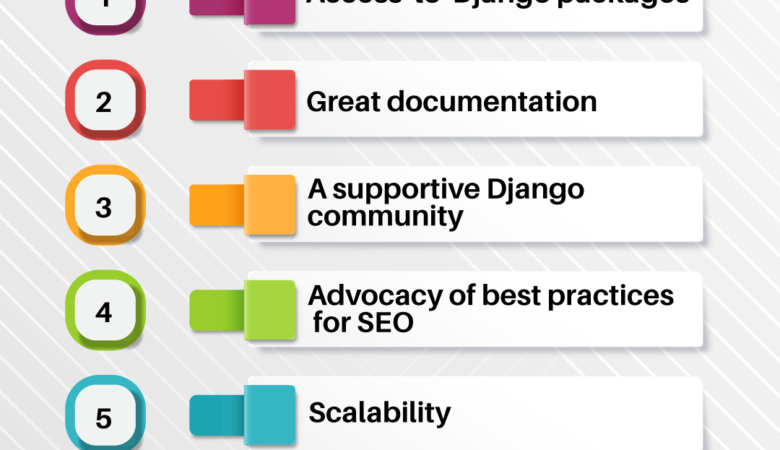Knowing the terms
Basically, the user interface (UI) is a series of screens, pages, buttons and icons, touch screens, keyboards, sounds, and lights that enable a person for interacting with a product or service. Whereas, User experience (UX),
is an internal experience that a person has while interacting with all aspects of products and services. UX designer always thinks about the experience the user makes, and how easy it is for accomplishing the
desired tasks.
This is an article dealing with a deeper and better understanding of UI and UX and to know the differences between them.
A look at the past
In the beginning, the focus was on accessibility and prevalence of computers, and the interfaces were designed with users in mind. There was growth in the technology, and the UI designing covered systems, expectations, preferences, and accessibility in a big way from the devices. Additionally at present UI designers work on computer interfaces, mobile phones, augmented reality, virtual reality, and screenless interfaces like voice, gesture, and light. The UI designer has great opportunities to work on websites, smart home devices, mobile apps, and wearable technology. The scope is expanding and there is a need to make the interfaces enabling
effective use of users of different ages, backgrounds, and technical experience.

What is UX?
User experience is an evolving process owing to several improvements in UI. On this interaction depending on positive, negative, or neutral, there were changes to happen. The experience is always centered on the
interaction of the human being. User experience design is the process of development and improvement in the quality of interaction between users and the company.
User experience is a non-digital and cognitive science practice, used by digital industries. UX design concerns not about visuals but has a focus on the feel of an experience.
There was a development of visual to highlight the effective UX design through the usability honeycomb. It guides the efforts across various touchpoints covering the discovery of a company’s product, The sequence
of actions, people take while they interact with the interface, the thoughts, and feelings which take place while accomplishing the task, and finally the impressions they take from this interaction.
The role of UX Designers
UX designers are responsible for ensuring that the company delivers a product or service that meets the needs of the customer and allows them to seamlessly meet their desired outcome. UX designers need to work closely with UI designers and use the insights to improve the experiences, based on quantitative or qualitative research. The hallmark of a good interface
is that it gives information quickly. It delivers on a great
experience and expectation.
The major differences between UI and UX are:
- The focus of UX is on the user’s journey in solving problems, but for UI it is on the looks and functioning of a product. UX design has a focus on anything which affects the users.
- It is concerned with the conceptual aspects that leave the UI designer to look into the more tangible elements. Often the words used to describe a discipline end up being divorced from their original meanings.
- Moreover, the UX designer has skills related to strategy, research, and interaction design plus the information architecture. UI designers focus on information design, motion design, and brand.
- User interface designing is one of the components in the user experience.
- UI serves as the bridge that will take us to the other side of where we intend to go. UX is the feeling we have when we cross the bridge and reach the destination. We are always creating UX, and UI facilitates it. The attempt must be to create a great UX for all.
- The UX focuses on the user journey and the UI relates to the specifics of screens, labels, visual style, structure, and guidelines.
- The UI deals with constraints, and the UX is a method of challenging them. The User experience has to gain insights and to conduct research to learn about the positive and negatives points, taking the learning for improvements.
- The interface is an asset for users and deals with traditional concepts like visual designing, colors, and typography. It primarily looks at the functionality of screens. It is about creating an intuitive experience not requiring the user to think much.
- Finally, the UI design transfers the strengths and visual assets of a brand to a product’s interface and arranges for a coherent, consistent, and aesthetically pleasing design.
The two terms are totally different from each other mean different things, and cannot be used interchangeably. Their roles and purposes are quite different, and they refer to different aspects of the product development process and design. UX and UI go hand-in-hand; and are mutually complementary to each other. A person need not possess UI design skills for becoming a UX designer, and both have to do separate roles with separate processes and tasks.








Leave a Reply